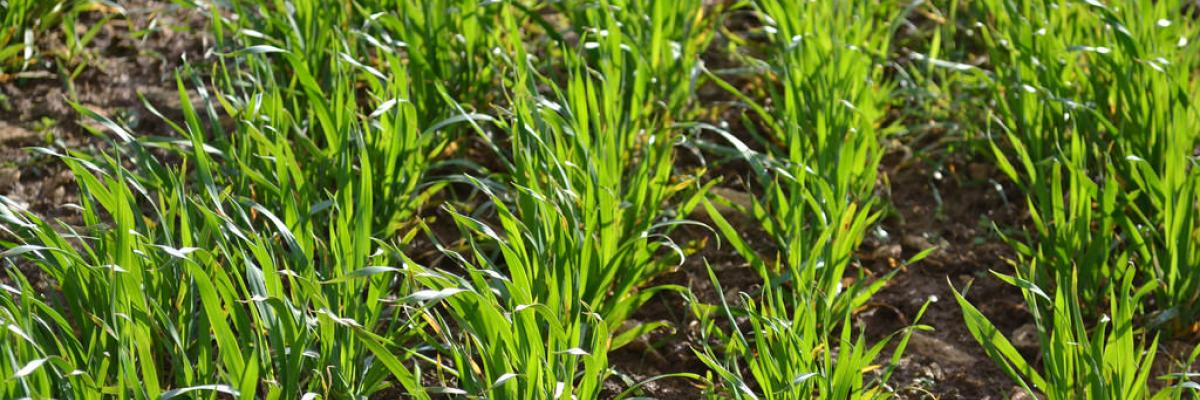
Applying Nutrients
Farming for a Better Climate Practical Guide
Download the PDF
The inefficient use of nutrients can increase greenhouse gas (GHG) emissions, as well as increase farm costs. This practical guide from Farming for a Better Climate gives information on managing nutrient applications to reduce emissions and save money. GHG emissions from fertilisers can occur during manufacture of inorganic fertiliser, transportation, and during and after application. This guide provides suggestions for maximising nutrient uptake to reduce emissions through application practices according to different crop types. Suggestions include: Undertaking nutrient budgets; applying nutrients at the right stage of crop growth: and applying nutrients in appropriate weather conditions.
- Using nutrients efficiently reduces GHG emissions, prevents wastage of valuable resources and saves money.
- Nutrient budgets will help you calculate the quantity of nutrients each crop requires for each field.
- Ways to reduce GHGs include:
- Growing high nitrogen (N)-demand crops such as grass on your driest soils.
- Maintaining drains to minimise soil wetness.
- Minimising tillage operations to reduce soil microbe stimulation.
- Optimising soil pH to encourage nutrient uptake.
- Calibrating spreaders for an even spread pattern and known rate of application. Avoid windy days when spreading and do not apply in wet or frozen weather or onto saturated soils.
- Ensuring that soils are well-drained and not compacted (this will reduce nitrous oxide emissions).
- Applying nutrients in cool, dry weather, and when crops are actively growing.
- For grassland, check soil and slurry pH before application. Alkaline slurries increase N loss, causing GHG emissions and costing money. Slurry injection reduces N loss by 80% and can save £25/hectare.
- For cereal and vegetable crops, precision farming techniques help to apply nutrients only where they are needed.
- In potato fields, most emissions come from furrows where soil is wetter. Applying nutrients only to ridges can reduce emissions and nutrient loss.
Also see 'Soil and Nutrient Network' for examples of actions that farmers in Scotland have taken to improve soil and nutrient management practices and improve farm efficiency and resilience.

